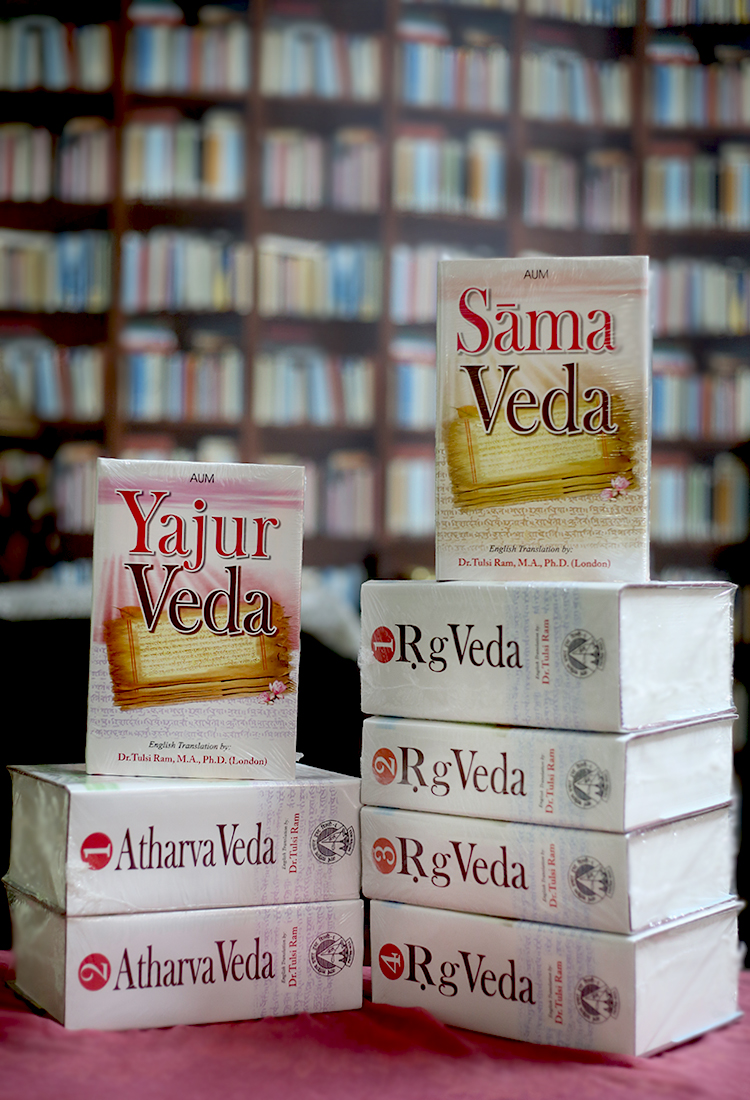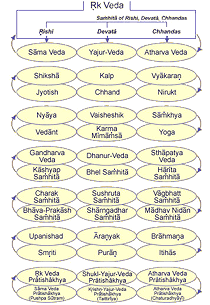
According to tradition, Vyasa is the compiler of the Vedas, who arranged the four kinds of mantras into four Samhitas. The Sanskrit term veda as a common noun means “knowledge”. The books were composed by poets from different priestly groups over a period of several centuries from roughly the second half of the 2nd millennium BCE the early Mantfas periodstarting with the Punjab Sapta Sindhu region of the northwest Indian subcontinent. The Vedic era assumption was that diseases are caused by evil spirits, external beings or demonic forces who enter the body of a victim to cause sickness. The substance of the Brahmana text varies with each Veda. The study of Sanskrit in the West began in the 17th century. Several hymns in the Atharvaveda such as hymn 8. It has about hymns, mantrqs about of the hymns are in common with the Rigveda.

The Atharvaveda, like other Vedic texts, states William Norman Brown goes beyond the duality vea heaven and hell, and speculates on the idea of Skambha or Brahman as the all pervasive monism. The Prashna Upanishad is from the Paippalada school of Atharvavedins. Griffith’s introduction mentions the recension history for his text. The third Mundakam continues the discussion and then asserts that the state of knowing Brahman is malayaalam of freedom, fearlessness, liberation and bliss. Prodigious energy was expended by ancient Indian culture in ensuring that these texts were transmitted from generation to generation with inordinate fidelity. The Samaveda Samhita consists of stanzas, taken almost entirely except for 75 mantras from the Rigveda. The Atharvaveda has three primary Upanishads embedded within it. Julian-Gregorian uncertainty All articles with dead external links Articles with dead external links from July Articles with permanently dead external links Articles with dead external links from December EngvarB from March Use dmy dates from March The Atharvaveda is a collection of 20 books, with a total of hymns of about 6, stanzas. Vedangas A revised edition, extending to about pages, was published in Multiple recensions are known for each of the Vedas. Each Veda has been subclassified into four major text types - the Samhitas mantras and benedictionsthe Aranyakas text on rituals, ceremonies such as newborn baby’s rites of passage, coming of age, marriages, retirement and cremation, sacrifices and symbolic sacrificesthe Brahmanas commentaries on rituals, ceremonies and sacrificesand the Upanishads text discussing meditation, philosophy and spiritual knowledge.įor example, the verses in hymn 4. The text also includes hymns dealing with the two major rituals of passage - marriage and cremation.

The Atharvaveda is also occasionally referred to as Bhrgvangirasah and Brahmavedaafter Bhrigu and Brahma respectively. Most of the hymns of Atharvaveda are unique to it, except for the one sixth of its hymns that it borrows from the Rigvedaprimarily from its 10th mandala. Atharva_Veda_with_Malayalam_Translation-V_Balakrishnan_&_R_LeeladeviĪ related word Vedena appears in hymn 8. There are two major groups of texts in this Veda: Transmission of texts in the Vedic period was by oral traditionpreserved with precision with the help of elaborate mnemonic techniques. I am deeply indebted to Pandit Sitaraman, the famous Vedic scholar who. We are pleased to present you the rare Atharva Veda recital by South Indian pundits. The Atharvaveda is composed in Vedic Sanskrit, and it is a collection of hymns with about 6, mantras.


The text is the fourth Veda, but has been a late addition to the Vedic scriptures of Hinduism. The Atharva Veda is the “knowledge storehouse of atharvāṇas, the procedures for everyday life”. Atharvaveda Samhita is a collection of mantras, which is as sacred as the three frequently in Sanskrit works occurs in Atharva Veda ().


 0 kommentar(er)
0 kommentar(er)
